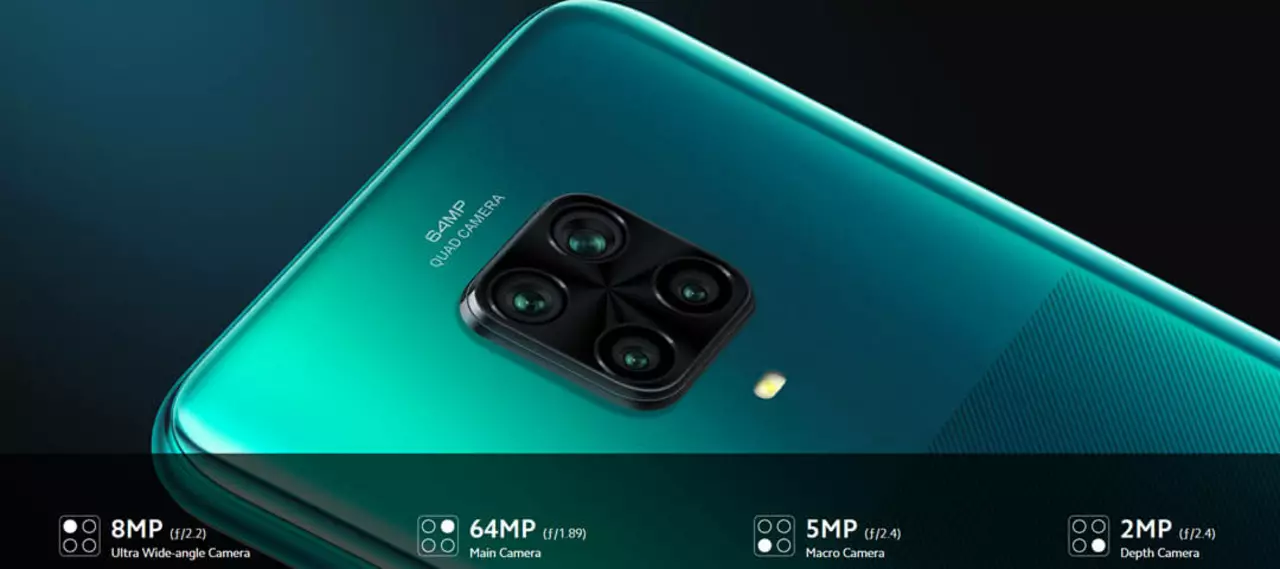Worth Buying: Quick Tips to Decide If It’s Worth Your Money
Ever stare at a product and wonder, “Do I really need this?” You’re not alone. Deciding if something is worth buying doesn’t have to be a mystery. With a few simple steps you can avoid buyer’s remorse and keep your wallet happy.
Simple Checklist for Smart Purchases
First, ask yourself three questions. One, will I actually use it? Two, does it solve a problem I have right now? And three, can I find a comparable option for less? If the answer to any of these is no, pause before you click ‘Buy’.
Next, consider the total cost of ownership. Some gadgets look cheap upfront but need pricey accessories, subscriptions, or frequent repairs. For example, a streaming service might be free for the first month, but the monthly fee adds up quickly if you’re not watching regularly.
Third, look for reviews that focus on long‑term use, not just first impressions. Users often mention durability, customer service, and hidden fees that aren’t in the product description.
Real‑World Examples From Everyday Life
Take the recent buzz around the India vs Pakistan Asia Cup match. If you’re a die‑hard cricket fan, a sports channel subscription might be worth it for that one blockbuster game. But if you only watch a few matches a year, a pay‑per‑view option or a free streaming trial could save you money.
Another case is buying a news subscription. A platform that offers 24/7 live streaming of events can be fantastic for staying informed, yet you might already get the same coverage from free channels or a basic news app. Compare the features: do you need exclusive interviews, deep analysis, or just headlines?
Even everyday items like a new kitchen gadget follow the same rule. If a blender can make smoothies, soups, and sauces, and you actually cook those dishes, it’s a solid purchase. If it ends up as a decorative piece, it’s not worth the price.
Finally, remember the power of waiting. Prices drop, sales pop up, and new models replace old ones. If you’re not in a rush, set a reminder and check back in a week or two. You’ll often find a better deal without sacrificing quality.
Bottom line: a quick mental checklist, a look at long‑term costs, and a comparison of real user experiences can turn a vague feeling into a clear decision. Use these tips next time you’re tempted to buy, and you’ll spend smarter, not harder.



